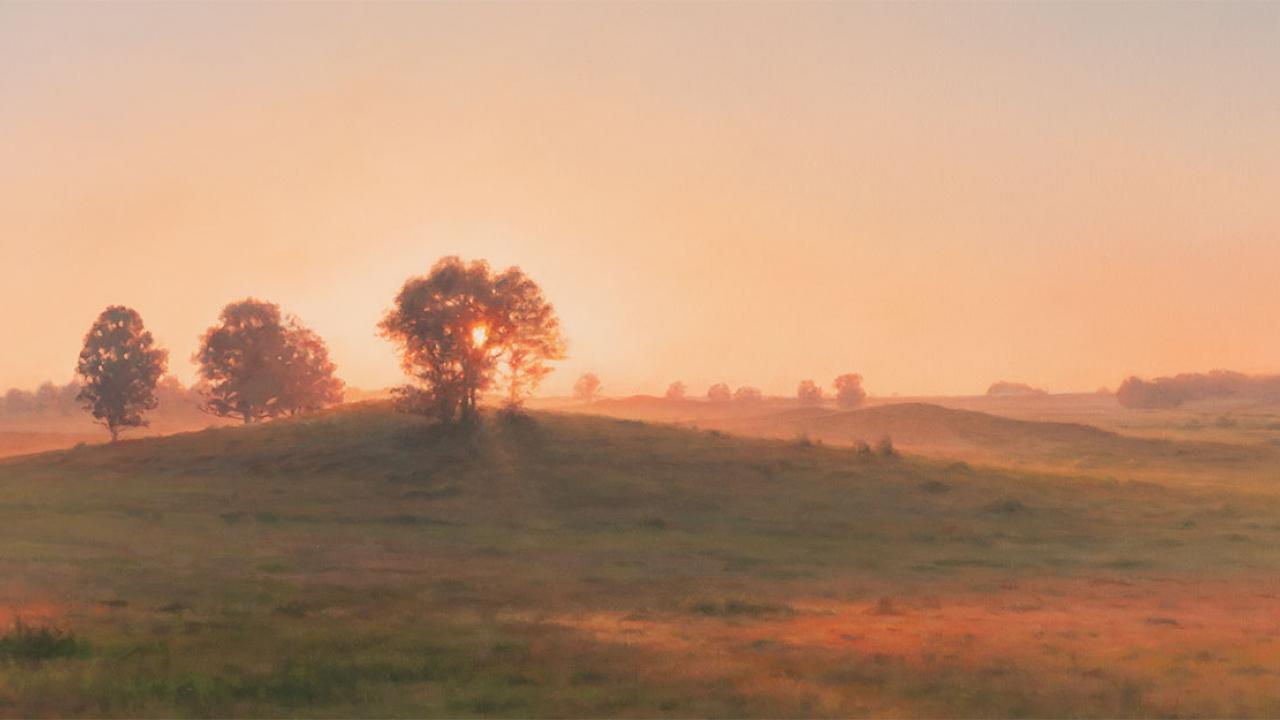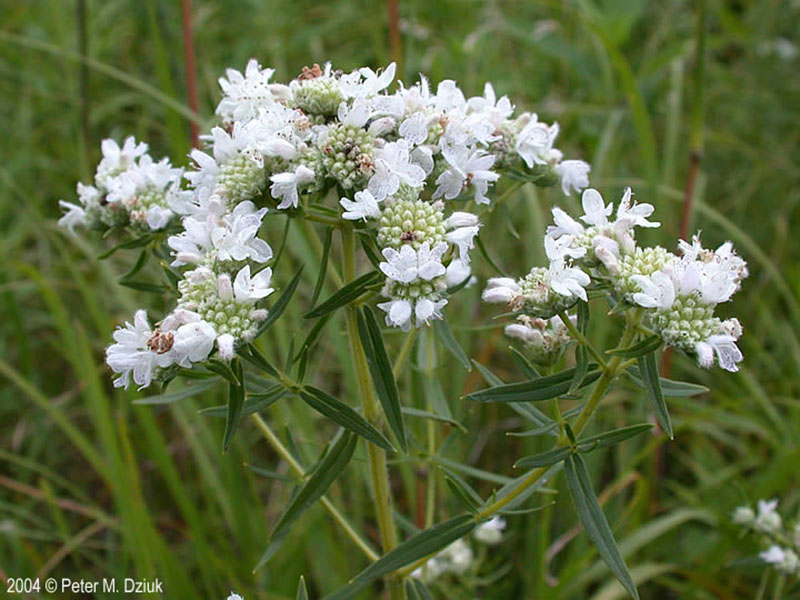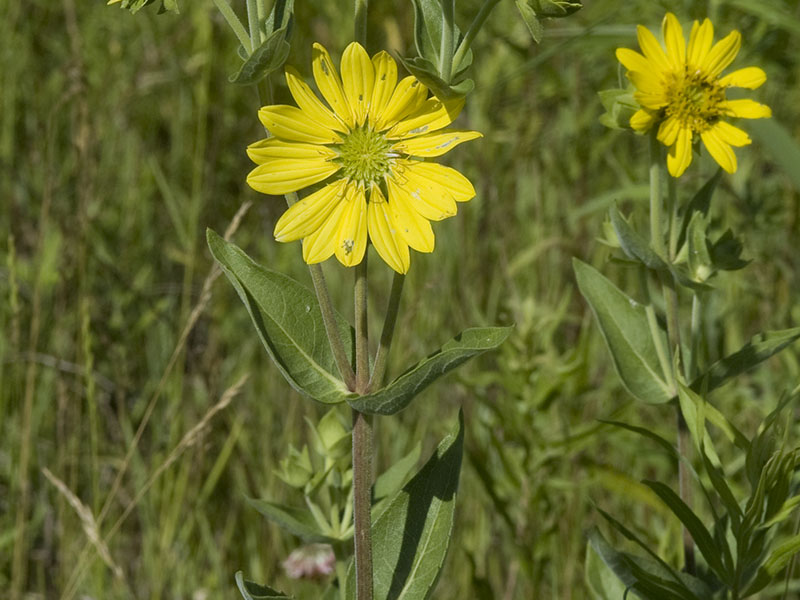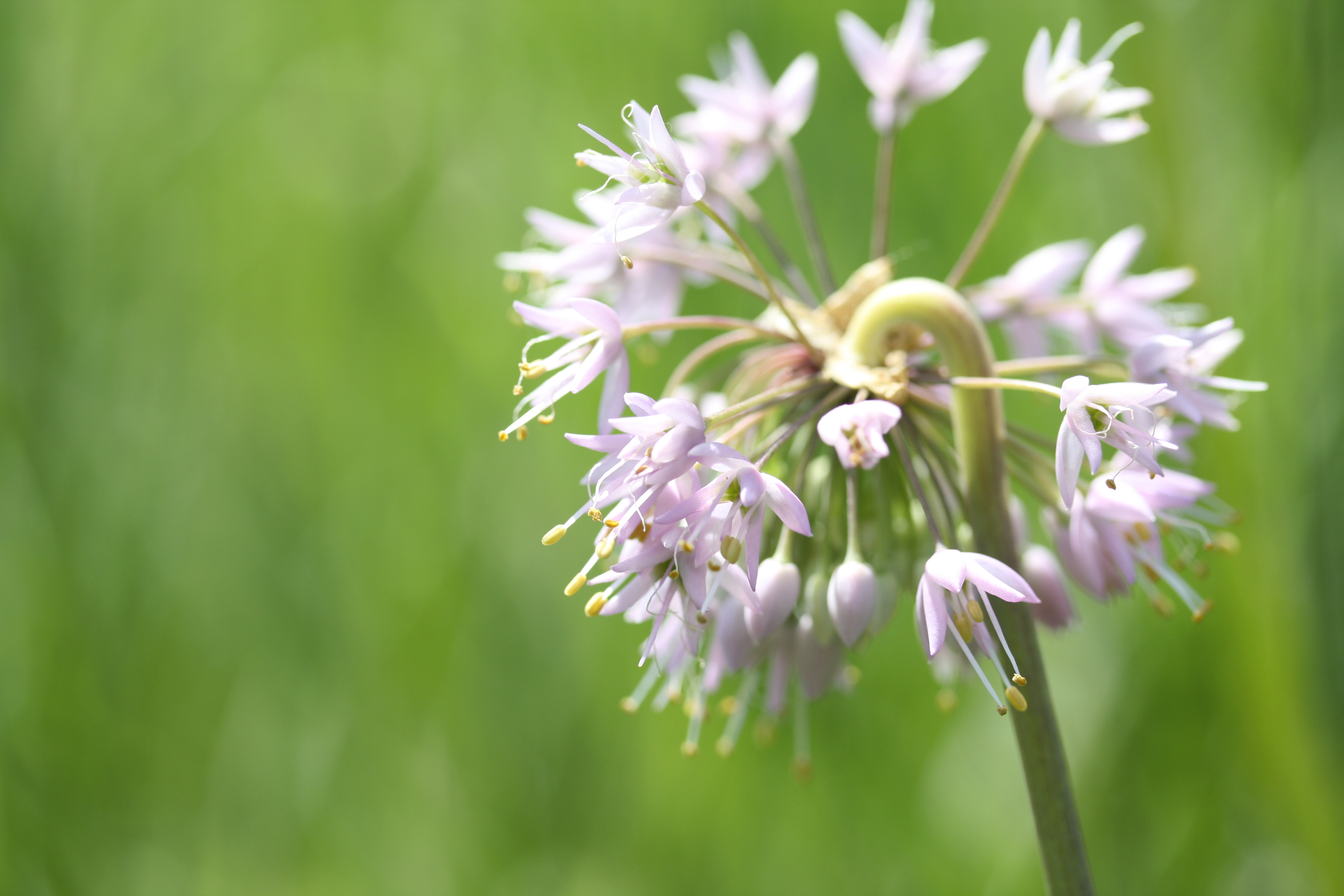

Paintings of Prairie Environments By Philip Juras

Title: Chiwaukee Prairie
Details: Oil on canvas, 36 x 48 in., 2019
Location: Chiwaukee Prairie, Kenosha County, Wisconsin
Plant Community: Wet to Dry-Mesic Prairie
Description: More than 400 plant species grow in the 410 acres of Chiwaukeee prairie. The diversity is partially a response to abrupt gradation from wet prairie to mesic and dry-mesic prairies, a characteristic of the dune and swale topography formed with the lowering, in stages, of glacial Lake Chicago. This has resulted in wet and dry conditions in close proximity. The wet swales, rich in calcium minerals, support some species, called “calciphiles”, that only grow in such a mineral-rich environment. Dry-mesic prairies occupy the former beach dunes.
Allium cernuum
Nodding Wild Onion
Makode’zhigaagaa’wanj - IR
Liatris spicata
Marsh Gay Flower
Omashkoozaanow - IR

Pycnanthemum virginianum
Common Mountain Mint
Namewaakons - PD

Rudbeckia hirta
Black-eyed Susan - JJB

Silphium integrifolium
Rosinweed - JJB
.jpg)
Spirea alba
Meadowsweet - IR
Philip Juras’s Inspiration for Chiwaukee Prairie
This painting records the last few moments of a July day when a dull, overcast sky finally gave way to a sunset worthy of complementing Chiwaukee’s spectacular remnant prairie flora. Even in the dimming light the patterns of wet swales and low ridges could be discerned by the various textures and colors in the incredibly diverse vegetation.
Selected Natural Areas in the Chicago Region, USA
Chicago Botanic Garden & Field Museum
Authors: Philip Juras, Andrea Kramer, Joan O’Shaughnessy, and Iza Redlinski.
Art Work: Philip Juras.
Design: Alicia Diaz, Field Museum.
Photos: Robin Carlson (RC), Katy Chayka (KC), Michael Huft (MH), Jim Jabcon (JJ), John and Jane Balaban(JJB), Peter M. Dziuk (PD), John Hilty (JH), Philip Juras (PJ)
Joan O’Shaughnessy (JO), Iza Redlinski (IR), and David Sollenberger (DS)
Indigenous Language Acknowledgement: Anishinaabe people are people of various Native nations who share a common ancestry, similar cultures, and related languages and have resided in the Great Lakes region. The Odawa, Ojibwe, and Potawatomie are among the Native nations to identify as Anishinaabe. The Ojibwemowin (Ojibwe language) plant names are included where possible. After years of forced assimilation policies, Native Americans are currently recovering Indigenous knowledge, including place, and plant names in their original language. Indigenous Language Translations: Andrea S. Carlson



.JPG)